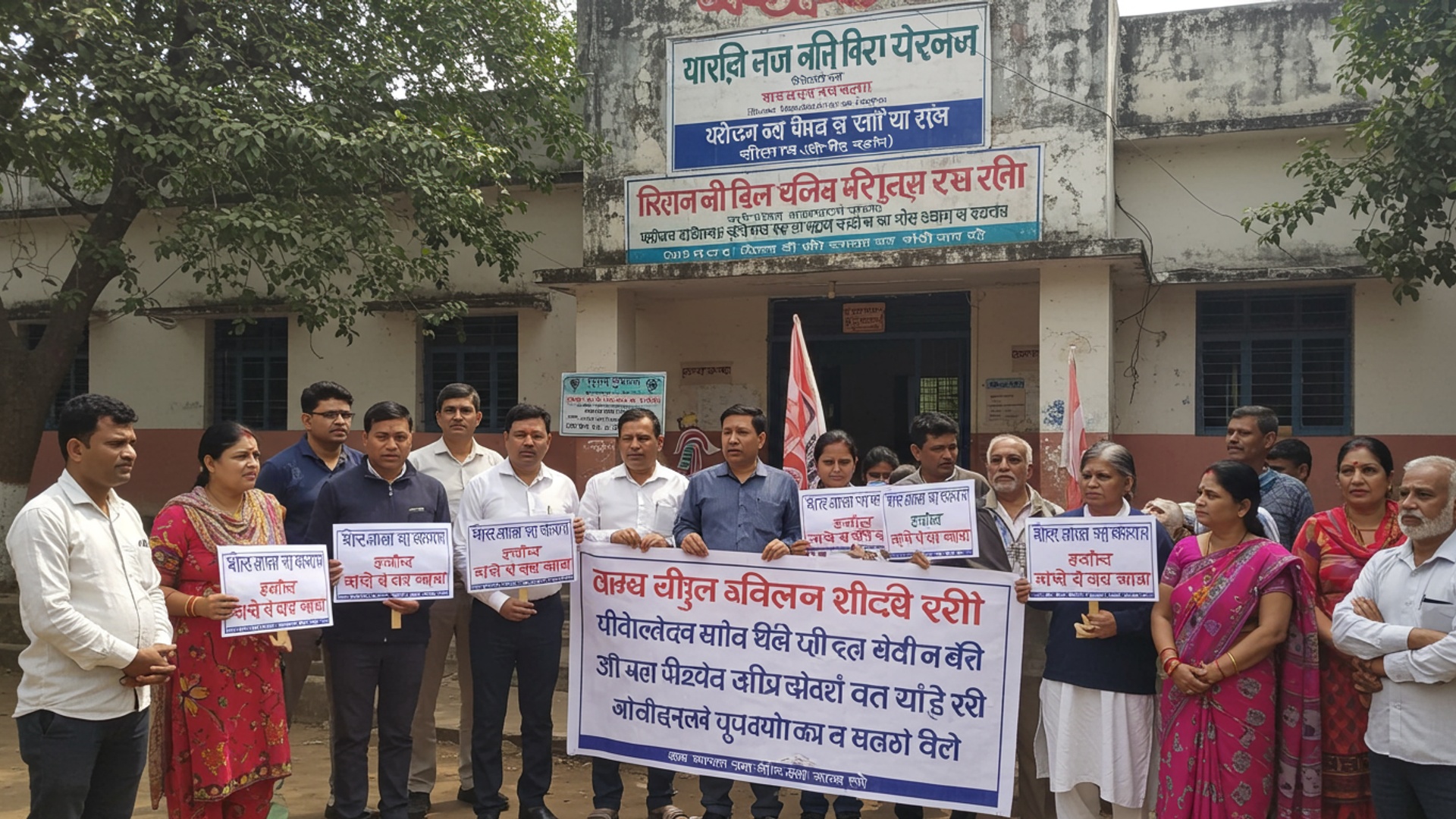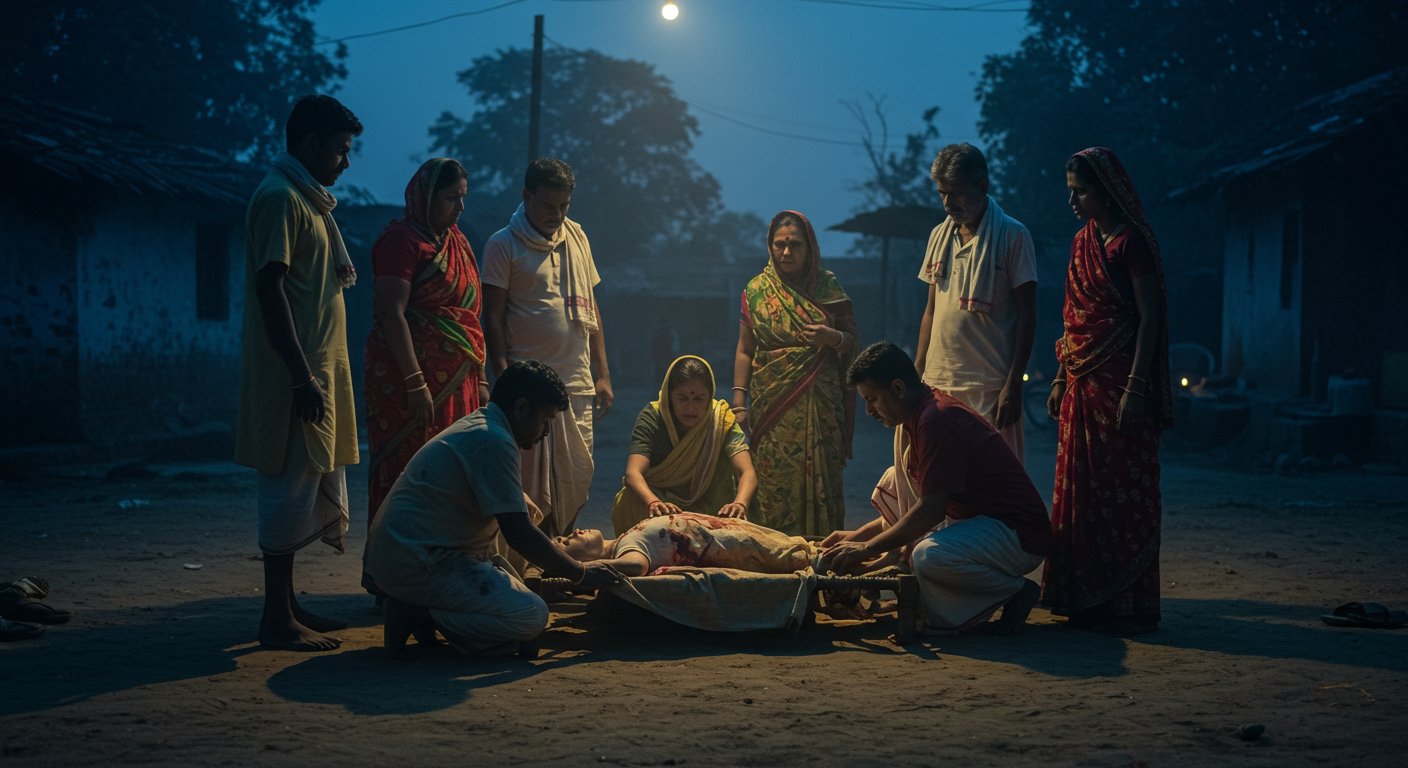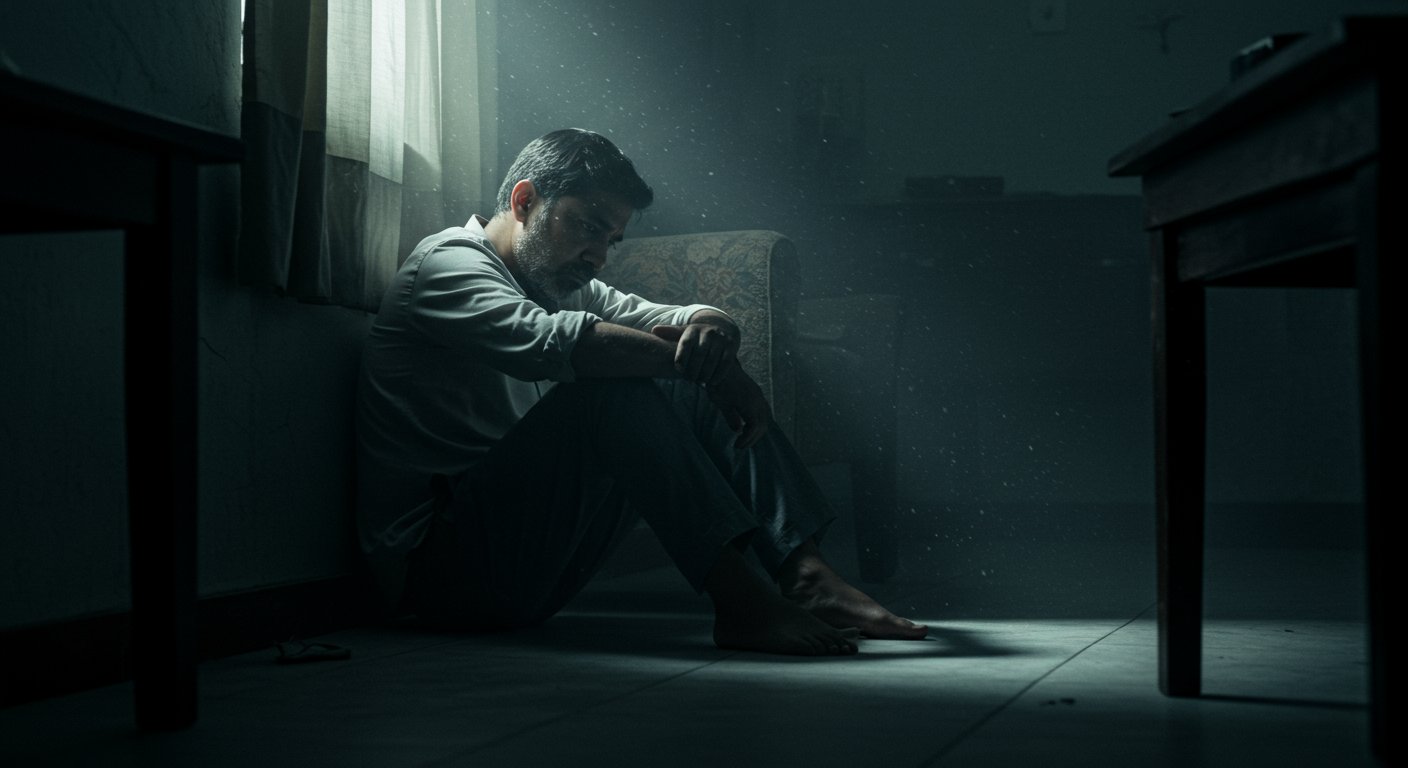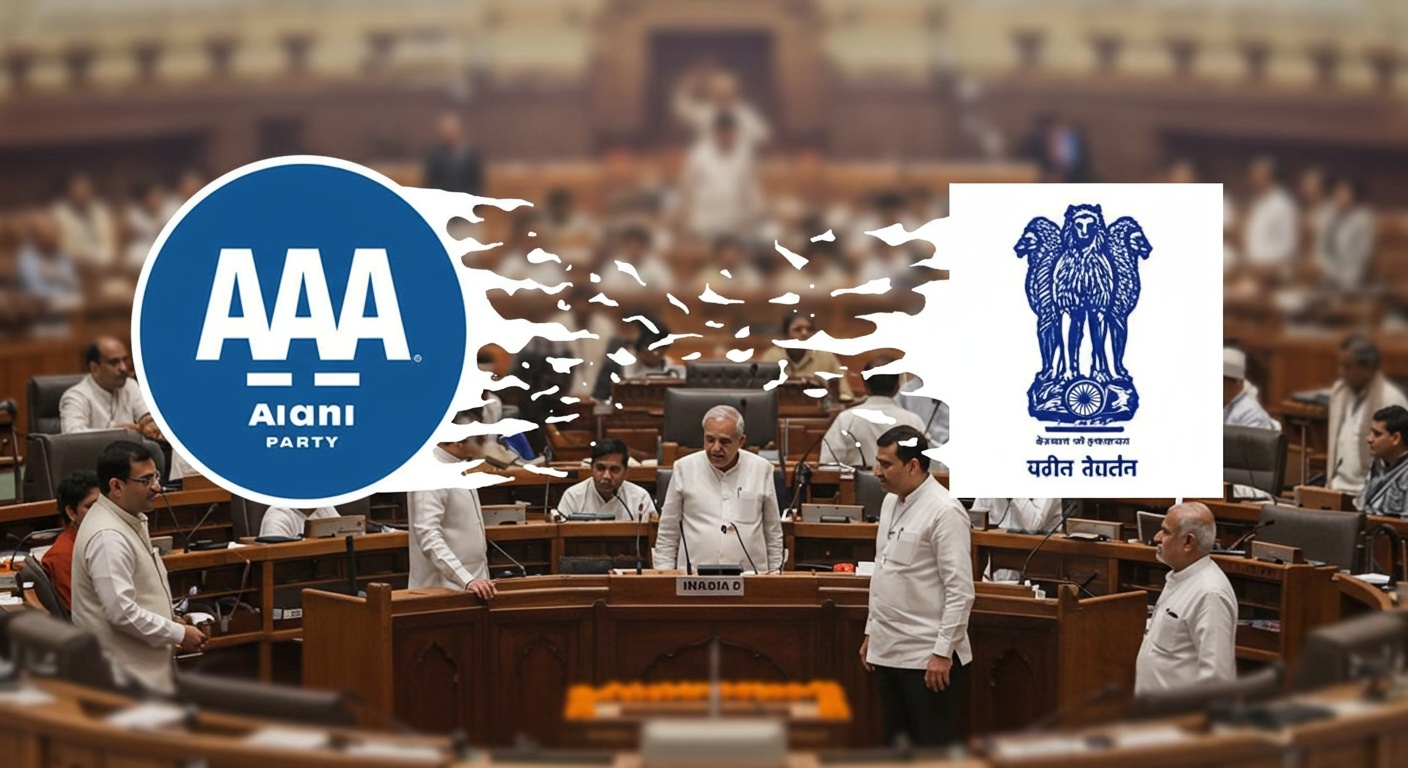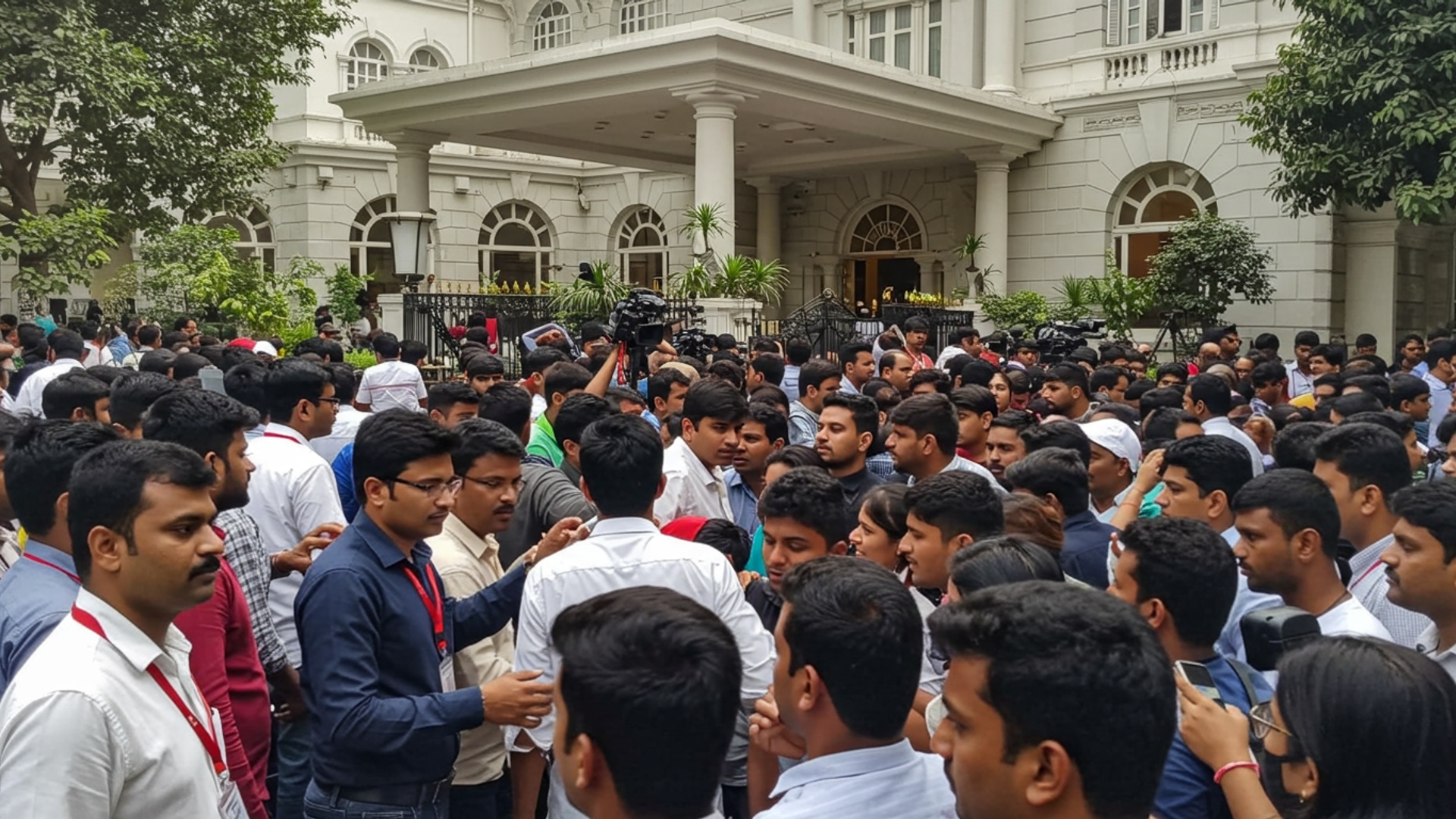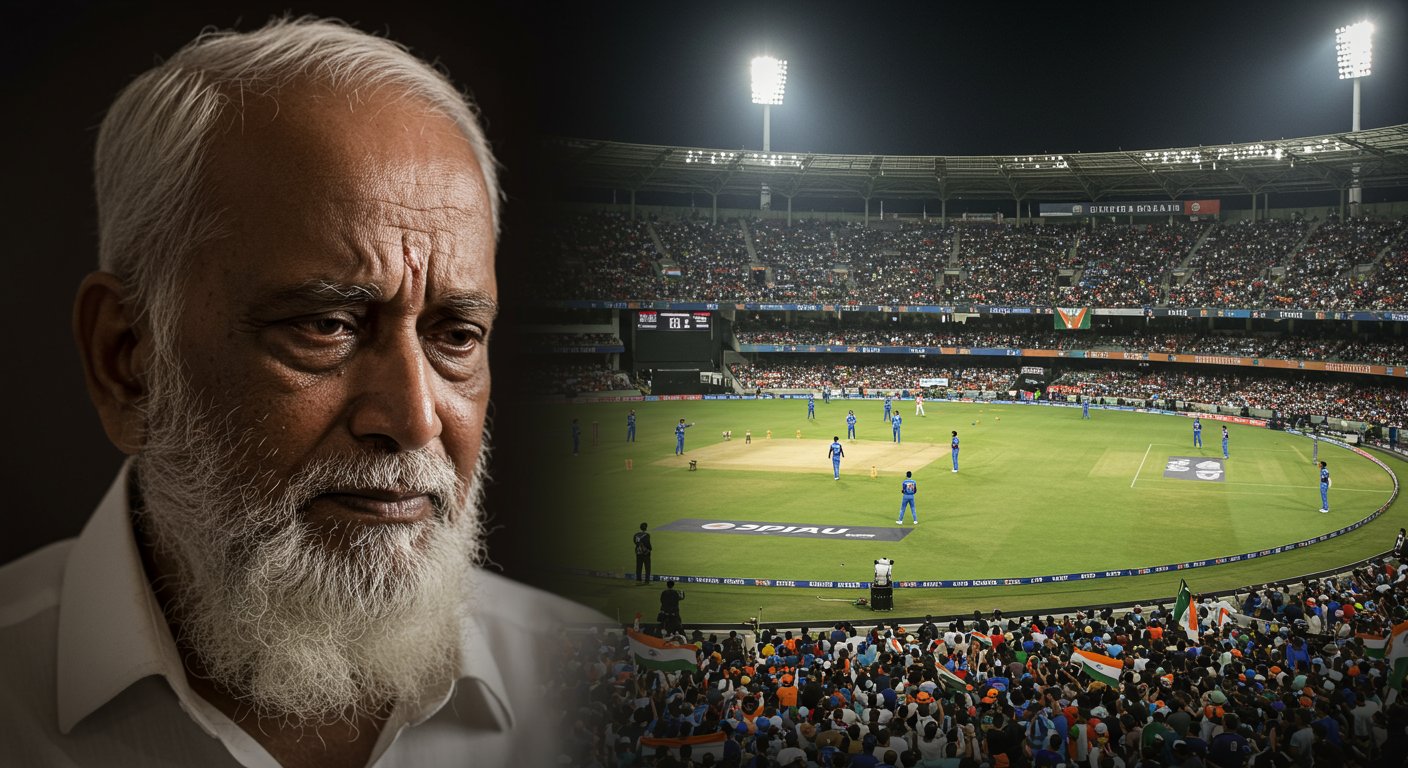A new school pairing policy from the Uttar Pradesh government has sparked a major political storm across the state, drawing sharp criticism and widespread protests. The plan, aimed at improving education by linking smaller, often struggling schools with larger, well-resourced ones, has ignited immediate controversy among parents, teachers. opposition parties. Critics argue the move will disrupt students’ learning and place undue burden on families, forcing many children to travel farther. This sudden and far-reaching directive, implemented in a bid to streamline resources, now faces a powerful wave of public and political backlash, threatening to destabilize the academic year and reshape the educational landscape for millions of students in Uttar Pradesh.
Understanding the New Policy
The Uttar Pradesh government’s recently announced “School Pairing Scheme” has sparked a wide-ranging political debate across the state. This new initiative aims to link schools, primarily those managed by the basic education department, with private or better-resourced government schools. The stated goal of the policy is to optimize available resources, improve educational standards. bridge the infrastructure gap between different types of schools in both urban and rural areas.
Under the proposed framework, schools identified as having fewer resources or lower student enrollment would be administratively paired with a nearby school possessing better facilities, a higher teacher-to-student ratio, or more robust infrastructure. The policy suggests sharing of academic resources, library access, laboratory facilities. even teacher expertise between the paired institutions. Officials indicate that this approach is designed to ensure a more equitable distribution of educational provisions, especially in remote or underserved regions.
The government’s education department released an initial directive outlining the broad parameters of the scheme, indicating that local district education authorities would be responsible for identifying suitable pairings based on geographical proximity and resource disparity. The directive also hinted at potential consolidation of very small, non-viable schools in the long run, though this aspect has caused additional concern among various groups.
Why the Government Says This Policy Is Needed
The Uttar Pradesh government has put forward several reasons for introducing the School Pairing Scheme, highlighting its potential benefits for the state’s education system. Officials argue that many government schools, particularly in rural areas, suffer from a lack of proper infrastructure, a shortage of specialized teachers. insufficient learning materials.
“Our primary aim is to ensure that every child in Uttar Pradesh has access to quality education, regardless of their background or location. This pairing scheme is a strategic step towards pooling our existing resources more effectively and uplifting schools that have traditionally lagged behind in terms of facilities and learning outcomes. We believe this will foster a collaborative environment and raise the overall standard of education for all students across the state,” stated a spokesperson from the Basic Education Department in a recent press briefing.
The government also pointed to data suggesting an imbalance in student-teacher ratios and infrastructure availability across its vast network of schools. A recent internal report indicated the following disparities:
| Category | Government Schools (Average) | Private/Better-Resourced Govt. Schools (Average) |
|---|---|---|
| Student-Teacher Ratio | 45:1 | 28:1 |
| Access to Science Labs (%) | 35% | 90% |
| Access to Computer Labs (%) | 20% | 85% |
| Availability of Sports Facilities (%) | 50% | 95% |
These figures, presented by the government, are used to justify the policy as a necessary measure to address these inequalities and provide a more uniform learning environment.
Concerns From Teachers and Parents
The announcement of the School Pairing Scheme has been met with significant apprehension from teacher unions and parent associations across Uttar Pradesh. Many express concerns about the practical implications of the policy and its potential negative effects on students and educators.
Teacher organizations fear an increased workload and potential forced transfers. They argue that sharing teachers across two campuses could stretch resources thin, leading to a decline in educational quality rather than an improvement. Some teachers also voiced concerns about the logistics of teaching at different locations and the impact on their daily routines.
“This policy, while seemingly aimed at improving education, places an undue burden on teachers. We are already dealing with large class sizes and administrative duties. Now, to expect us to effectively teach in two separate locations or manage shared resources without adequate additional support is unrealistic. It feels like a way to cover up resource shortages rather than truly fix them,” stated the head of a prominent teacher’s association in Lucknow.
Parents are primarily worried about the displacement of their children and the potential disruption to their education. Key concerns include:
- Longer travel distances for students who might be required to attend the paired school.
- Loss of community identity associated with their local school.
- Fear that the quality of education in better schools might decline if resources are diluted or shared with schools needing significant upliftment.
- Uncertainty about the safety and supervision of students transitioning between campuses.
Many parent groups have submitted petitions to local education authorities, demanding clearer guidelines and more extensive public consultation before the policy is implemented statewide.
The Opposition Speaks Out
The School Pairing Scheme has quickly become a focal point for political opposition parties in Uttar Pradesh, who have criticized the government’s approach and questioned the true motives behind the policy. They accuse the ruling party of implementing a major educational reform without adequate public discussion or stakeholder involvement.
“This is yet another example of the government imposing policies from the top down, without understanding the ground realities or consulting the people who will be most affected – our students, teachers. parents. This ‘pairing’ is nothing short of a hidden agenda to privatize education by slowly diminishing government schools, or a desperate measure to hide the fact that they have failed to provide adequate resources to all schools over the years,” stated a senior leader from a major opposition party during a press conference in Kanpur.
Opposition parties have also highlighted the potential for increased disparities, arguing that the policy might inadvertently create a two-tiered system where some schools benefit disproportionately while others struggle with the integration. They demand a transparent framework for resource allocation and a guarantee that no school will be shut down or lose its identity as a result of the scheme.
Protests have already begun in several districts, with local politicians joining parents and teachers in demonstrations against the policy. These demonstrations have ranged from peaceful sit-ins outside district collectorates to larger rallies calling for the complete withdrawal of the scheme. The opposition has vowed to raise the issue vigorously in the upcoming legislative assembly sessions, pushing for a thorough review and potential reversal of the policy.
![]()
